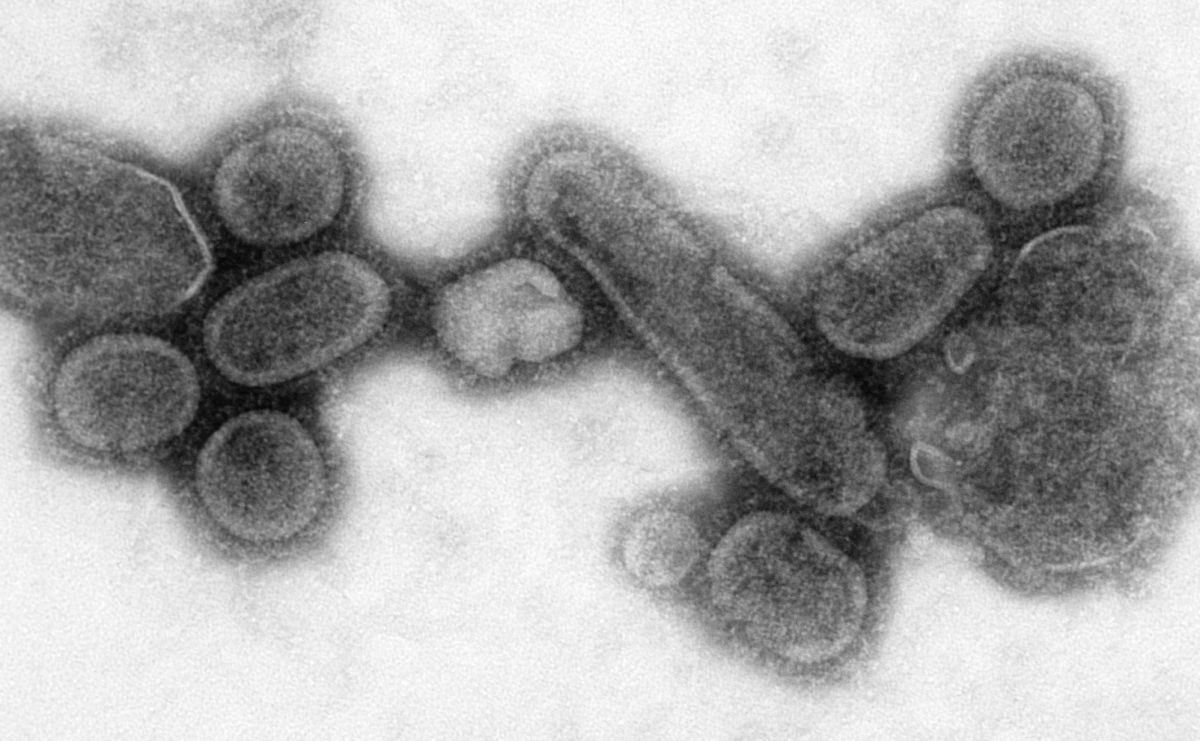Experts Compare Coronavirus to Spanish Influenza of 1918
“Its duration of danger in any community, based on the opinions of high medical authorities, is about six weeks. Its prevalence about Woodstock has already lasted hardly three weeks, which means that residents here will be threatened for nearly a month yet. For the welfare of all, it will be necessary for every householder to take steps to keep the disease from spreading. This can be done by well airing every room and thoroughly disinfecting the premises, washing towels, handkerchiefs and other linen goods in daily use, in water to which some germicide has been added.” This is what The Daily Sentinel Review printed in their 17th 5 o’clock edition in 1918. They say every 30 years there is a global pandemic. When the Spanish Flu came, it affected millions of citizens worldwide, just like the Covid-19 virus we are experiencing today.

Photo: Sim[le.Wikipedia.org
Just like the Coronavirus, the Spanish Influenza affected people of all ages and people with pre-existing medical conditions. The disease would make its victims cough with sore throats and develop high fevers. It made them couch so much that their faces would turn a dark blue or purple color. Soon enough, the infected would start to bleed through their noses and ears until their lungs would fill up with so much mucus they would suffocate to death. While the sick were being affected, daily life for people looked very similar to the reality we face today. It all began with a Philadelphia campaign to stop the act of spitting, coughing or sneezing after the first U.S case was found there. Lots of citizens were spotted wearing face-masks as they walked the streets until eventually all events, schools, churches, and theaters were shut down while 20,000 more cases were reported.

Photo: Flickr.com
Just like now, the disease spread like wildfire with cases showing up in Kansas and Missouri and soon spreading across the rest of the states. People were quarantined into their homes while the professionals found a cure. Doctors had not seen diseases at this point. There were no microscopes that could detect them so they couldn’t find what they needed to develop a cure. People began to hoard and stockpile their homes with supplies that they found useful. They left the store shelves empty, not so unlike the shelves of today. To combat this disease, the States started taking initiatives to encourage social distancing among citizens. San Francisco started ordering people to wear masks or be sent to jail. Public service announcements started to be printed out, petitioning people to wash their hands and keep clean to fight the disease. On October 18th the disease had finally waned leaving 195,000 Americans dead.

Photo: Flickr.com
Today, the world is being flooded by a disease that affects the world just like the Spanish Flu affected the people of 1918. Just like then, social distancing measures have been put into place and gatherings of large groups have been prohibited. Everyone has now been asked to keep clean and wash their hands after they’ve touched surfaces. When we look at data from then and now, we see that the states that took higher precautions and cracked down on social distancing were the ones that experienced the least amount of deaths over a shorter period. This is the data that professionals are looking at to gain knowledge about how they could find a cure. Until then, keep practicing social distancing, wash your hands to do your part to stop the spread of Covid-19.

